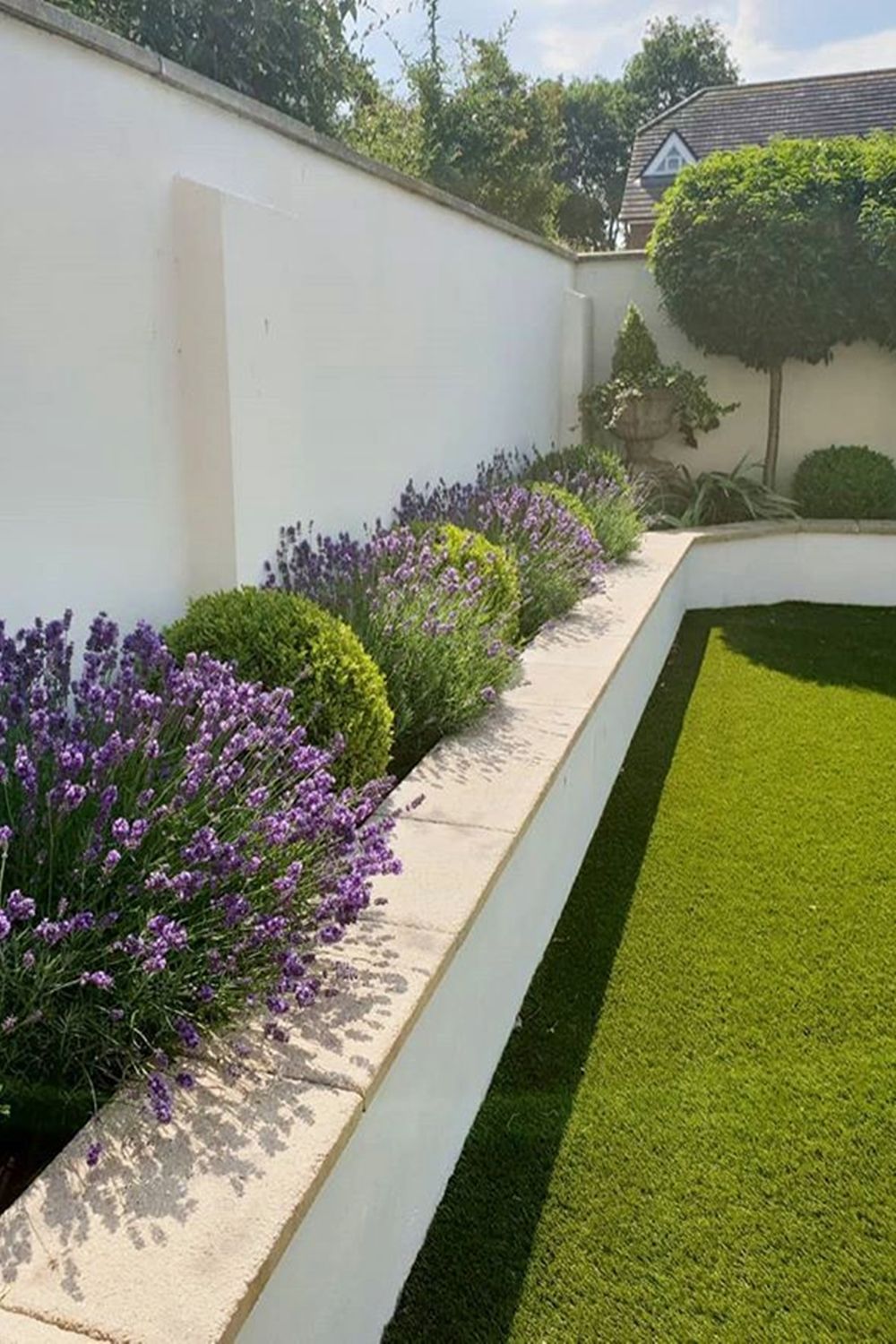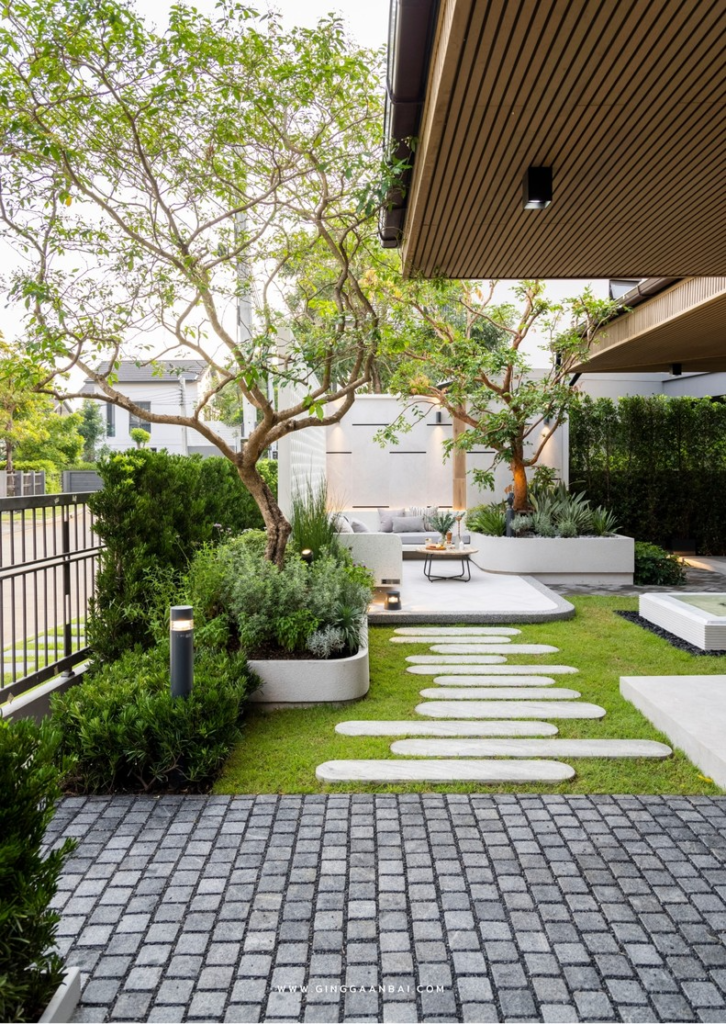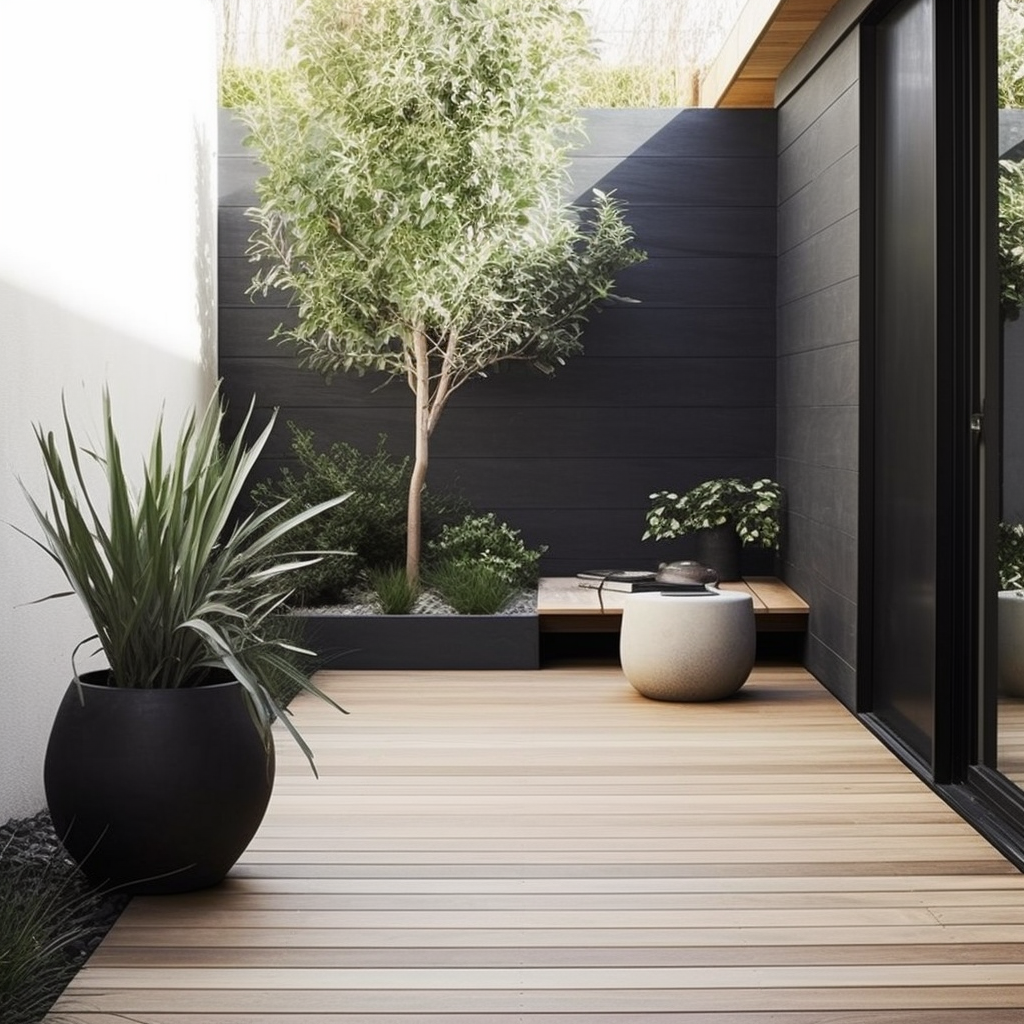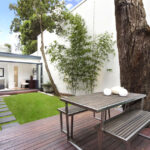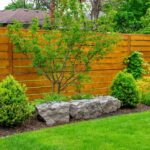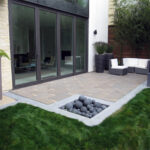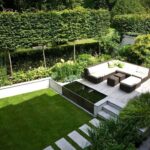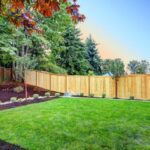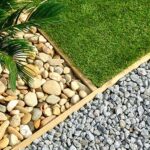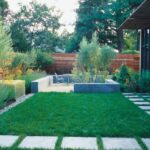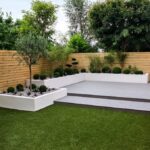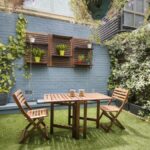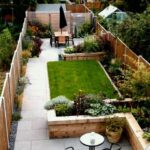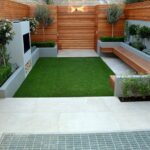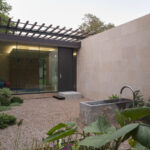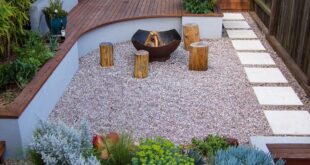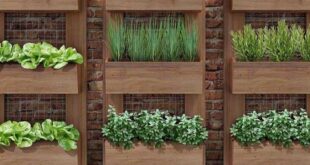When it comes to creating a garden design, minimalism is a popular style choice for many people. Minimalist garden designs focus on creating a clean, simple, and uncluttered outdoor space that is both aesthetically pleasing and easy to maintain. By using a few key design principles, you can transform your garden into a tranquil and Zen-inspired oasis.
One key aspect of minimalist garden design is the use of clean lines and geometric shapes. Straight lines, sharp angles, and simple forms are often used to create a sense of order and structure in the garden. This can help to create a more organized and cohesive look, and can also make the garden feel more spacious and open.
Another important element of minimalist garden design is the use of a limited color palette. Neutral colors like white, black, grey, and beige are often used in minimalist gardens to create a sense of calm and simplicity. By keeping the color scheme simple and understated, you can create a harmonious and balanced outdoor space that is visually appealing without being overwhelming.
In addition to using a limited color palette, minimalist garden design also emphasizes the use of negative space. Negative space, or empty space, is just as important as the plants and hardscape elements in a garden design. By leaving areas of the garden empty, you can create a sense of balance and harmony that allows the eye to rest and focus on the key elements of the design.
When it comes to choosing plants for a minimalist garden, less is often more. Selecting a few key plant species and repeating them throughout the garden can create a sense of cohesion and unity. Opt for plants with simple, clean lines and shapes, and avoid using too many different types of plants that can clutter the space and create visual chaos.
Finally, minimalist garden design often incorporates elements of Japanese Zen gardens, such as gravel or sand beds, stone lanterns, and water features. These elements can help to create a sense of tranquility and serenity in the garden, and can provide a focal point for meditation and relaxation. By incorporating these elements into your garden design, you can create a peaceful retreat that is both beautiful and functional.
 yishifashion Where Outdoor Dreams Become Reality
yishifashion Where Outdoor Dreams Become Reality
